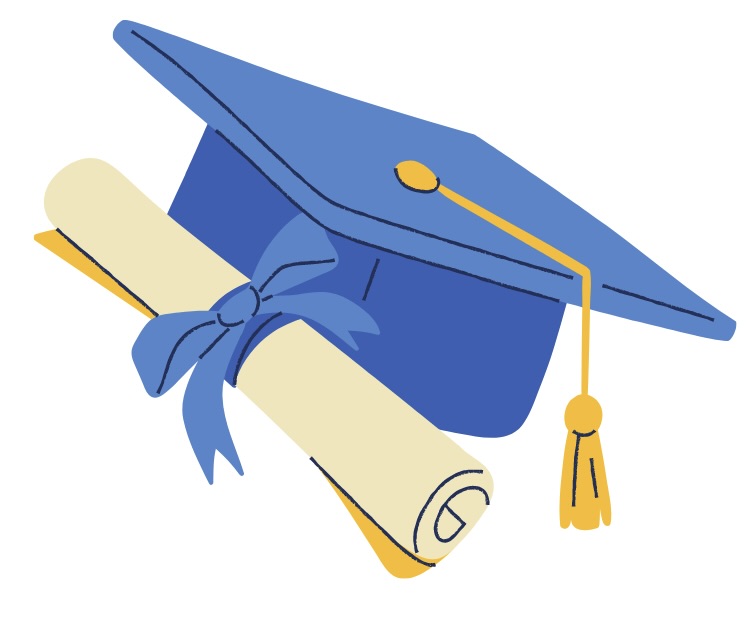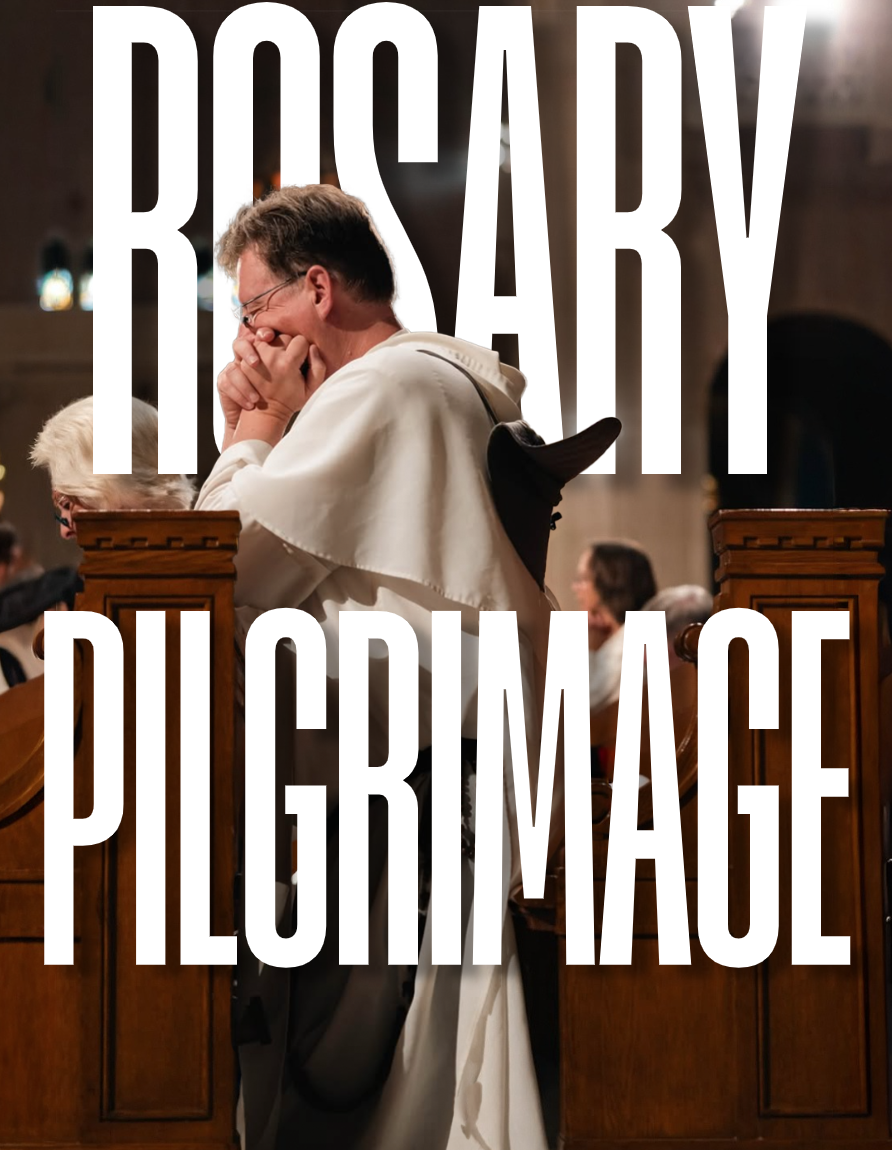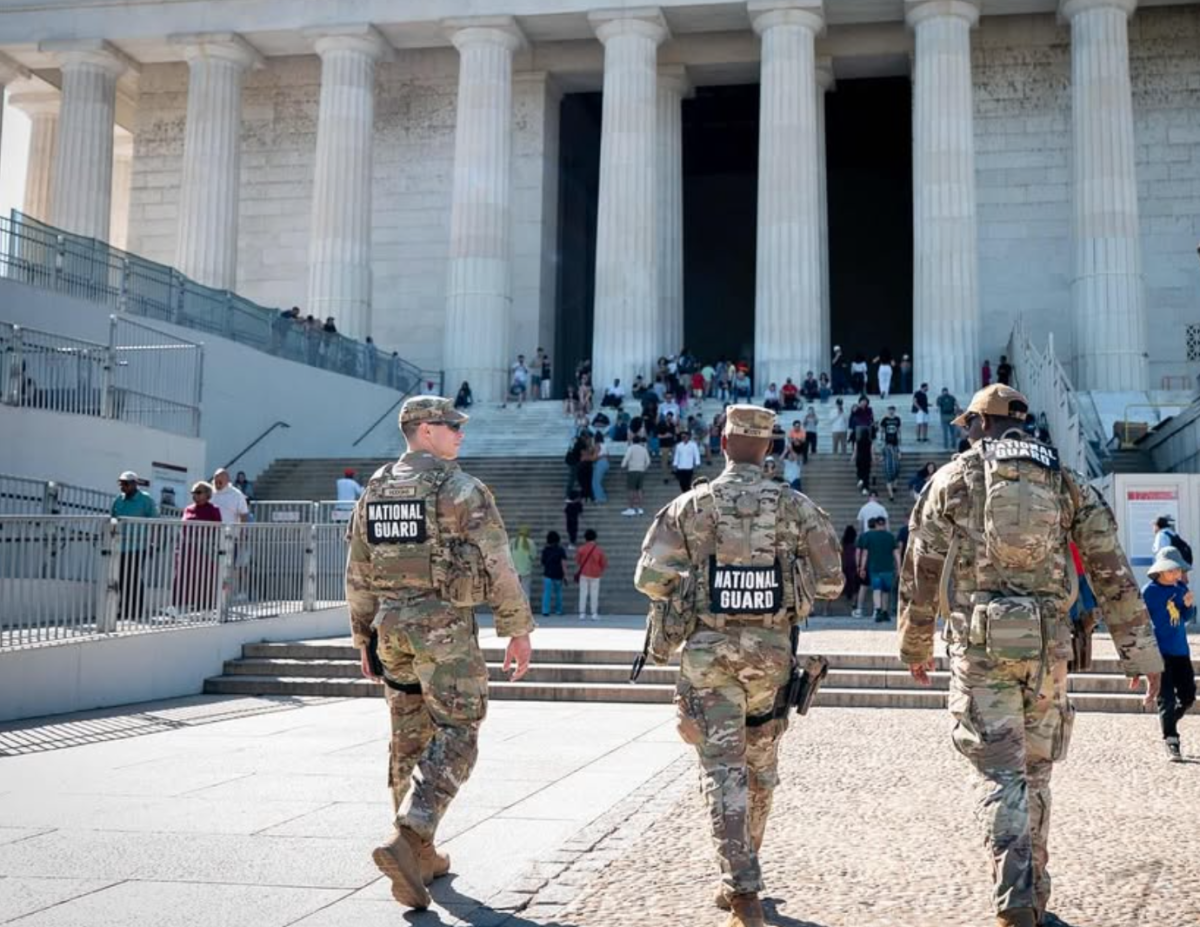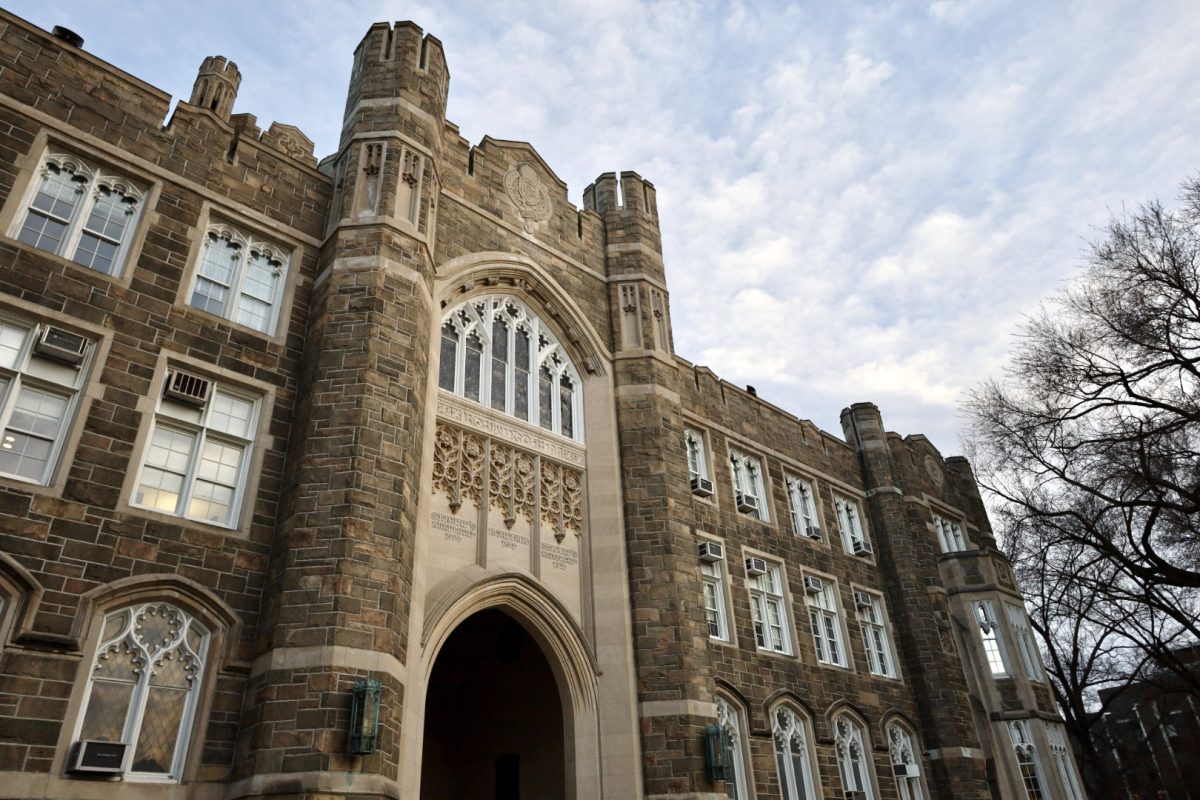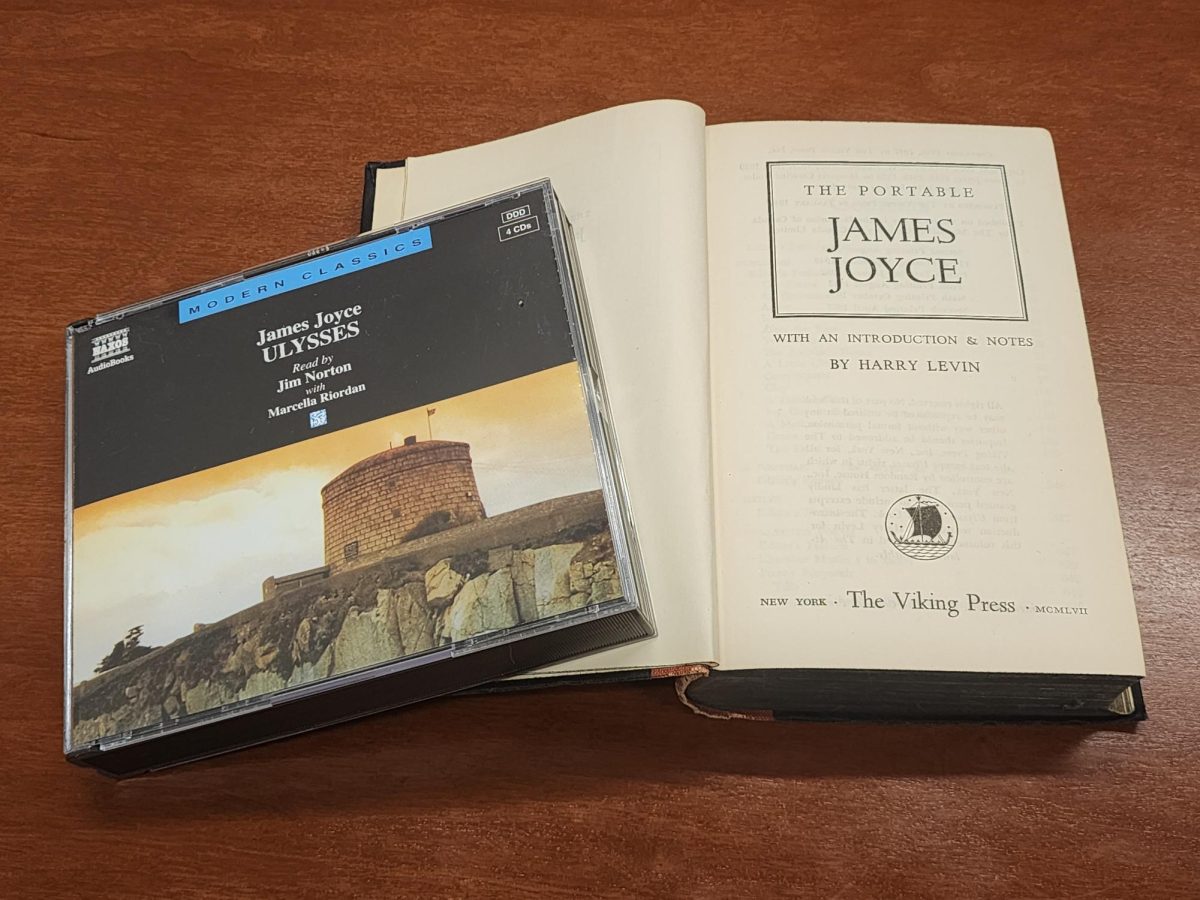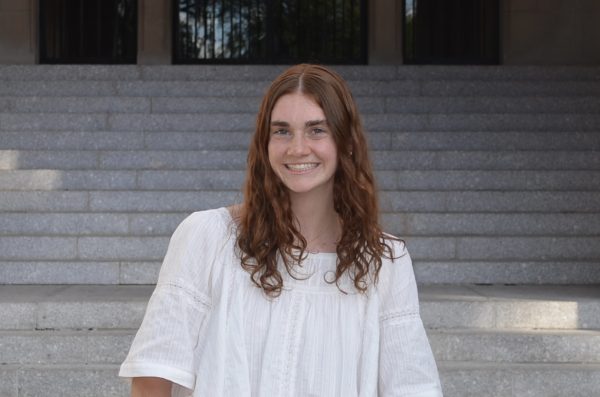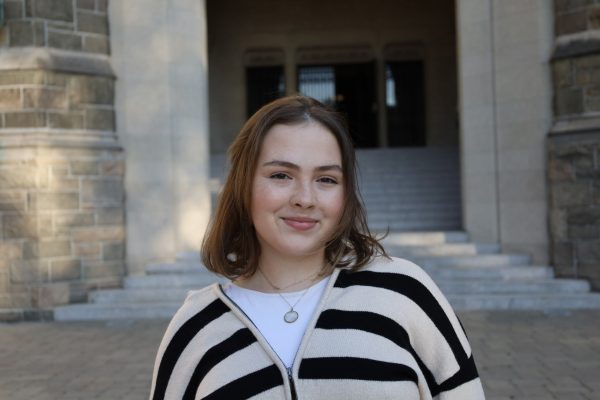It’s easy to see but difficult to fully grasp one’s educational privilege and the inequities of the education system when you grow up in a bubble. Having previously attended Catholic school and now working in a public school in Harlem, I find myself feeling guilty about the pessimistic reality that the education system just isn’t fair.
Although it is a reality that I, like the vast majority of people, have long been aware of, I’ve come to the realization that the issue is far more complex than I naively assumed. Statistics concerning the matter substantiate the fact that an educational disparity exists. Still, numbers on paper provide a far too simplistic, generalized view of the inequalities between private and public school education.
For starters, Article XI of the New York State Constitution guarantees access to a public school education for all children. The idea that all children should be granted educational opportunities is the basis for public education in the United States. That said, Article XI can impact classroom dynamics in ways that are unexpected, especially in younger age groups. It goes without saying that education for all should be upheld, but certain combinations of children together can present unexpected challenges in the classroom.
While I firmly believe that every child is innately good and wants to receive praise in academia, some children are simply not in environments where they are able to succeed. Whether as a result of a learning disability or behavioral disorder, oftentimes undiagnosed mental health concerns can impact the classroom environment. When this occurs, not only is the child not receiving the appropriate form of support, but it can also serve as a major detriment to the academic progress of the rest of the class.
Although a school’s administration can make efforts to recommend alternative schooling options and testing to parents of students struggling with mental health concerns, parents reserve the right to refuse the recommendations and ask for their child to remain in the school. In this case, a New York City public school has few options to remedy the issue, as expelling or suspending the child from the classroom in order to ensure the success of the other students would be depriving an innocent child of their right to learn.
The issue of undiagnosed mental illness in public schools is not uncommon. Data from the U.S. Agency for Healthcare Research and Quality supports the notion that mental illness is disproportionately undertreated in the communities that typically make up the New York City public school system. Mental illness goes untreated in the communities that make up public schools for a number of reasons from awareness of mental health resources, to stigma against mental illness to the cost of the child receiving proper medical and educational attention. Given the fact that public school is an alternative to expensive private schooling, many members of the public school community are of lower socioeconomic status. Research shows that mental health resources can be incredibly costly: “the mean total cost per episode for publicly funded outpatient services for youth mental health issues was $2,673.” This, along with other factors, can deter a parent from listening to school administration and can deter their child from receiving the necessary attention they deserve.
During my stint working in the public school system, I have become aware of the fact that several students in my class cannot learn in an orthodox learning environment. This has resulted in those children becoming major disruptions in the classroom and developing behavioral problems. As a teaching professional, this makes my job incredibly difficult as the presence of certain children in the classroom can present such a major disruption to the flow of learning for the rest of the students in the classroom. Untreated mental illness was something that I did not predict would impact the efficacy of a public school classroom, but I can speak firsthand to the fact that it can present unforeseeable issues in the classroom.
Private schools, on the other hand, are able to set up model classrooms and learning environments for their students. This places students who attend private school at a significant educational advantage as a negative classroom space can affect the future ability of students to learn and absorb new information. The testing process to get into private schools weeds out children that a school perceives as having behavioral problems. At the same time, because private schools give a child a better education and the opportunity to go on to college, and the environment of public school classrooms can present many difficulties to a child’s ability to learn, the testing process practically determines which child will be given a real opportunity to succeed. The current educational system has to change to make public school classrooms more comparable to that of private schools.
Zachary Badalamenti, FCRH ’25, is a journalism major from Oakland, Calif.





































































































































































































